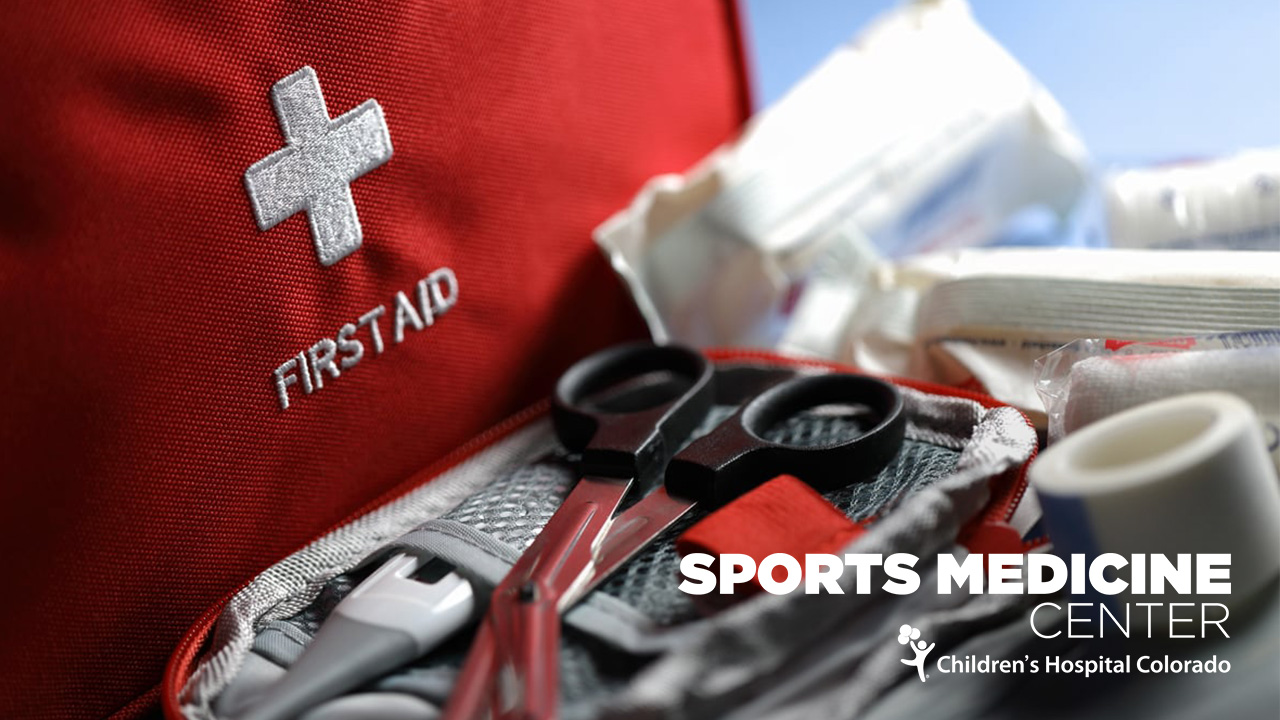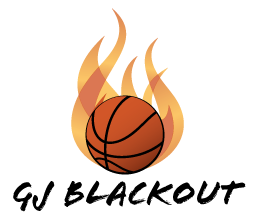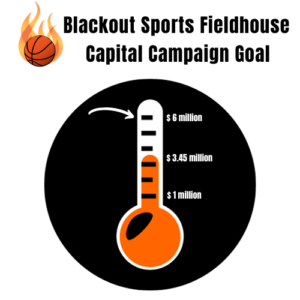Whether you’re a coach, parent or athlete, getting familiar with all the essential items in a first-aid kit can come in handy when a scrape, fall or emergency happens. Children’s Hospital Colorado experts share the most important things to have in your kit, plus how to get started with assembling it, so young athletes are never caught unprepared.
A first-aid kit is a necessity to help you respond effectively to common injuries and emergencies while coaching. Commercial kits generally don’t cover the specific needs of athletes and are typically more expensive than custom-made kits. The contents can vary, but we have some basic guidelines for building your first-aid kit.
We caught up with our expert Dennis Coonan, athletic trainer and Program Manager of our Sports Medicine Center, to learn more about what items best help keep adolescent athletes safe.
“Being prepared with a stocked medical kit can certainly have you ready for many minor first aid situations that may come up,” says Coonan. “Being ready to take care of these situations can help prevent further injury or infection. Check the inventory periodically to ensure you have all the items you may need!”
How to assemble your team’s first-aid kit
The first consideration is what you put your sports first-aid kit in. Medical bags come in a variety of shapes and sizes. The main consideration should be that the bag is lightweight, portable and durable. A backpack may be a good choice for those who often travel with their teams. Within the bag, transparent plastic containers or bags help keep the bag organized and the items easily identifiable.
Sports first-aid kit essentials
Emergency items
- Emergency cards that include athlete’s parent or guardian contact information, emergency contact information and details about medical conditions, allergies, current medications, insurance and the athlete’s primary physician
- CPR mask and bag
- Exam gloves
- Reusable splints
- Triangular bandages
- Safety pins (large and small) to secure triangular and elastic bandages
- Elastic bandages (2, 3 and 4”) to wrap sprained or strained joints and wrapping splints
- Disposable instant cold packs
- Sterile gauze pads of different sizes to cover and clean wounds and can also be used as a soft eye patch in a pinch
- Roll gauze
- Antiseptic solution such as hydrogen peroxide
- Antibiotic ointment
- Adhesive bandages in several sizes
- Non-stick wound pads
- Cotton-tipped applicators or swabs
- Alcohol wipes
Ointments and solutions
- Petroleum jelly
- Sterile eyewash like saline solution
- Hand sanitizer
Taping supplies
- Adhesive tape in various sizes
- Tape under wrap
- Tape adherent
Instruments
- Bandage scissors
- Tweezers
- Hand mirror
Miscellaneous items
- A list of the nearest emergency departments and urgent cares
- Resealable plastic bags
- Nose plugs
- Spare contact lens case
- Insect repellant
- Sunscreen
- Trash bag to protect the kit from rain
- Portable charger for mobile phone





